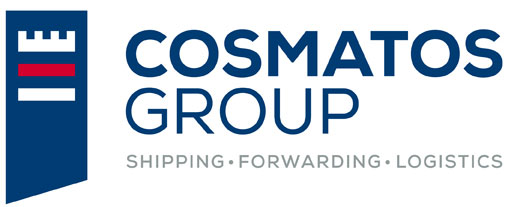Load securing, is the securing of cargo for transport reasons.
The efficient cargo securement depends on the type of commodity and begins with the proper packaging, loading, stowage and finally securing of load. Packaging and stowage are fundamental factors that influence the safe transport of goods in a secure and roadworthy manner.
European statistics report that the last years approximately 25% of various accidents engaging trucks were caused due to deficient cargo securement. When the cargo of a vehicle is poorly secured there is an extensive risk of severe accident, leading to human casualties, cargo and vehicle damages, as well as, an environmental hazard.
Packaging Methods
The two fundamental methods widely used to avoid cargo movement during transport are Form Based (direct method) and Forced Based packaging. Form based is usually a better choice for transport safety reasons but is not always preferred as is the least cost effective method.
Proper Loading/Stowage
Securing Load
There are many different ways and materials available to stabilize and secure the cargo in vehicles (lashing, strapping, void fillers, blocks, tie-downs, friction mats, dunnage etc).
It is often that combinations of load securing methods are used.
The structures, systems and various parts used to secure cargo must:
During the past years, the proper load securing of transported goods is a subject of great interest and attention to transport experts as well as police authorities in Europe.
In Greece, the issue is regulated in Article 32 of Road Transport Code which requires the driver of the vehicle to ensure that cargo is properly secured for transport.
- Form Based Method: Goods are placed in a container type construction. Possible gaps between the goods are filled to prevent any type of shifting inside the container. Container wall structure can be either open or closed.
- Forced Based Method: Packaging with stretch film and/or straps and also the usage of other reinforcement tools are considered as a force based method.
- The loading surface of the truck should be completely filled without any gaps between the packaged goods.
- The weight of the load to be carried should always be checked to ensure that it is within the truck’s carrying capacity.
- The center of gravity must be as low as possible, which means that the goods should be loaded in width not at height in order to achieve maximum stability when the vehicle brakes, accelerates or increases speed.
- The weight of the load must be distributed inside the truck in a way that the maximum permissible gross weight per axle is not exceeded.
- During the transport, regular checks (roadside inspection) of the condition of the load must be carried out in particular after braking or road steep rotation.
- Be in appropriate working order
- Be used on the suitable type of cargo
- Not appeared damaged or have weakened parts and flows that may affect their performance
- Have absence of any cracks or cuts
- Be secured in a manner that ensures they will not be unfastened during transport
- They are designed to withstand certain amounts of force in different directions (forward, rearward, sideways, downwards)




